The Essential Guide to Watering Your Indoor Plants
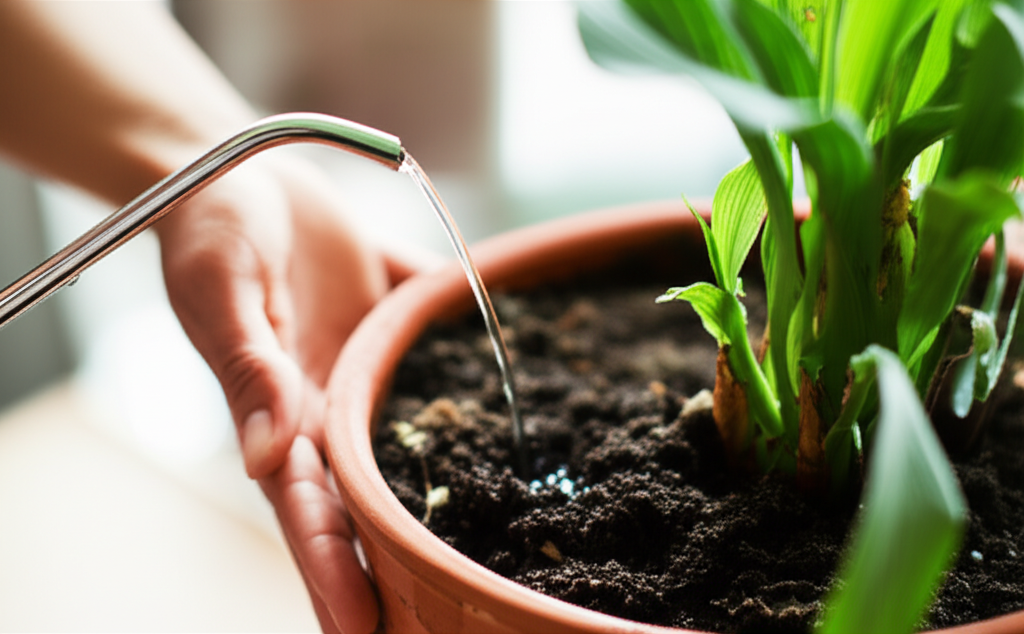
Water is the lifeblood of plants, facilitating nutrient transport, maintaining turgor pressure for structural support, and driving essential metabolic processes. However, watering is a delicate balance, and both overwatering and underwatering are common pitfalls for plant enthusiasts. Understanding the specific needs of your plants and employing the correct techniques are crucial for their health and vitality.
How Often to Water Specific Plant Types
There's no one-size-fits-all answer to how often to water. Different plant species have evolved in diverse environments, leading to vastly different water requirements. Here's a general guide for some common plant types:
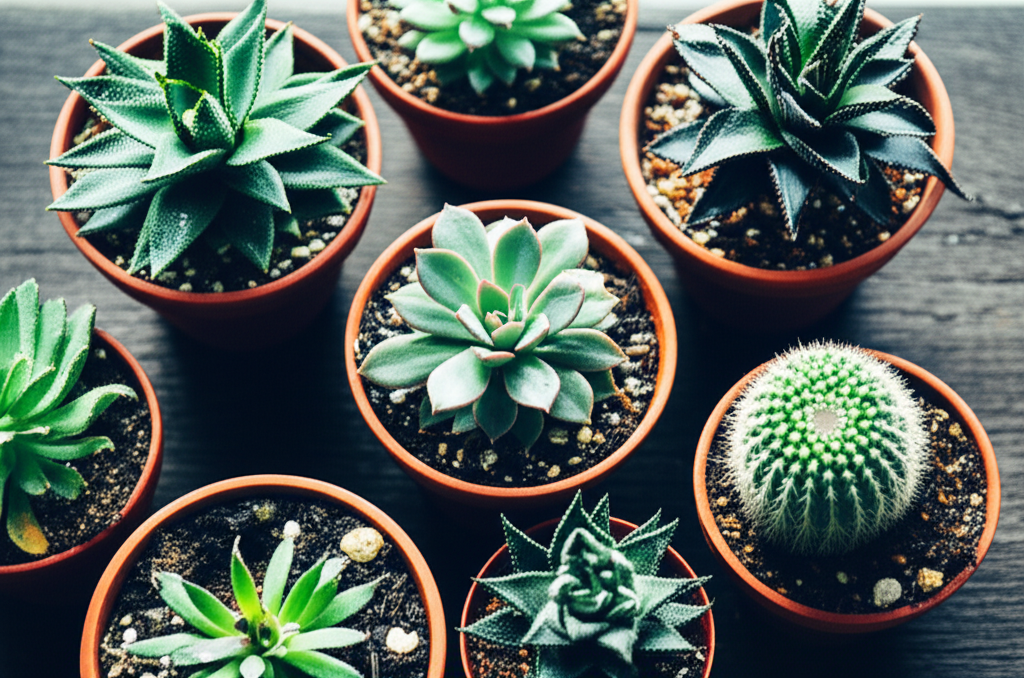
Succulents and Cacti
These arid-adapted plants store water in their leaves, stems, and roots. They prefer infrequent but thorough watering, allowing the soil to dry out completely between waterings. Overwatering is a significant risk for succulents and cacti, leading to root rot. During their active growing season (typically spring and summer), you might water every 2-4 weeks, but reduce this significantly in the dormant winter months.
Tropical Foliage Plants
Plants like Pothos, Philodendron, and Peace Lily generally prefer consistently moist but not soggy soil. Water when the top inch or two of soil feels dry to the touch. The frequency can vary from once a week to every few days, depending on the environment and the specific plant.
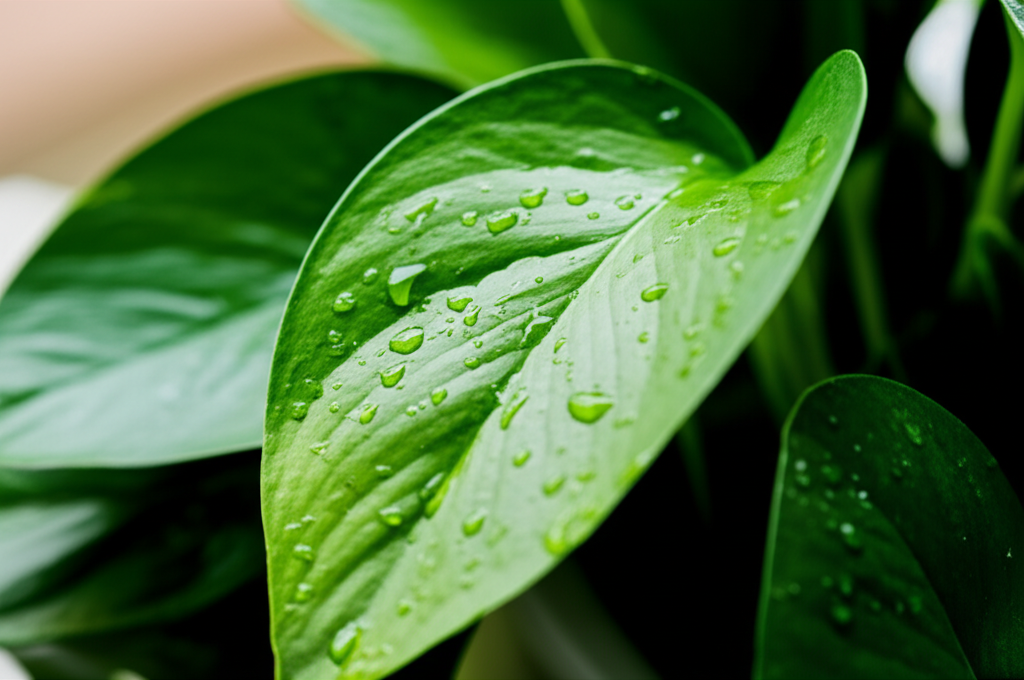
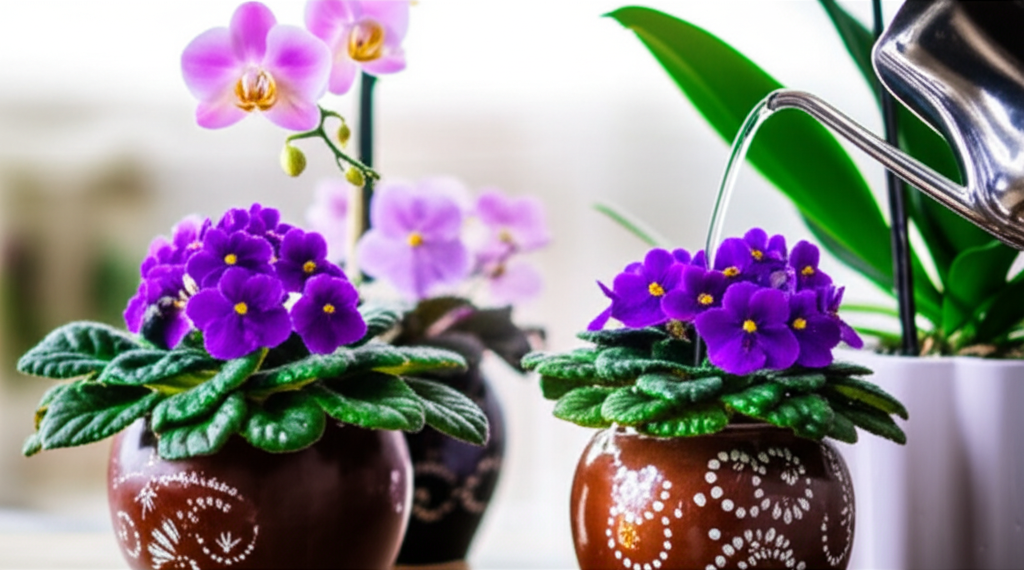
Flowering Plants
Flowering plants like African Violets and Orchids often have specific watering needs related to their blooming cycles. African Violets prefer consistently moist soil but are sensitive to water on their leaves. Orchids, especially epiphytic varieties, require well-draining media and a wet-dry cycle, often needing watering once every 1-2 weeks depending on the type and humidity.
Signs of Overwatering or Underwatering
Learning to recognize the signs of improper watering is crucial for timely intervention:
Signs of Overwatering
- Yellowing Leaves: Especially lower leaves that turn yellow and may feel soft or mushy.
- Drooping Leaves: While wilting can indicate underwatering, consistently soggy soil can also lead to drooping as roots struggle for oxygen.
- Brown Spots on Leaves: Often starting at the tips or edges, these can be a sign of root rot affecting the plant's ability to transport water and nutrients.
- Mold or Fungus Growth on Soil Surface: This indicates consistently damp conditions.
- Foul Odor from Soil: A sign of anaerobic conditions and root decay.
- Soft, Mushy Stem or Roots: This is a clear indication of root rot.
Signs of Underwatering
- Wilting Leaves: Leaves will appear limp and droopy.
- Dry, Brittle Leaves: Leaf edges may turn brown and crispy.
- Stunted Growth: Lack of sufficient water can inhibit new growth.
- Soil Pulling Away from the Sides of the Pot: This indicates the soil has become very dry and compacted.
- Lightweight Pot: Dry soil weighs significantly less than moist soil.
Watering Techniques
Different watering techniques can benefit various plant types and growing conditions:
Top Watering
The most common method, where water is poured directly onto the soil surface. Ensure you water thoroughly until excess water drains from the bottom of the pot. This helps to flush out accumulated salts.
Bottom Watering
Placing the pot in a shallow dish of water and allowing the soil to absorb moisture from the bottom up. This encourages deeper root growth and can be beneficial for plants sensitive to wet foliage (like African Violets). Remove the pot once the top of the soil feels moist.
Misting
Increasing humidity around the plant, particularly beneficial for tropical plants that prefer high humidity. However, misting should not be a substitute for proper watering and should be done in the morning to allow leaves to dry and prevent fungal issues.
Self-Watering Pots
These pots have a reservoir that slowly releases water to the plant's roots. They can be helpful for busy individuals but still require monitoring and occasional manual watering to flush the soil.
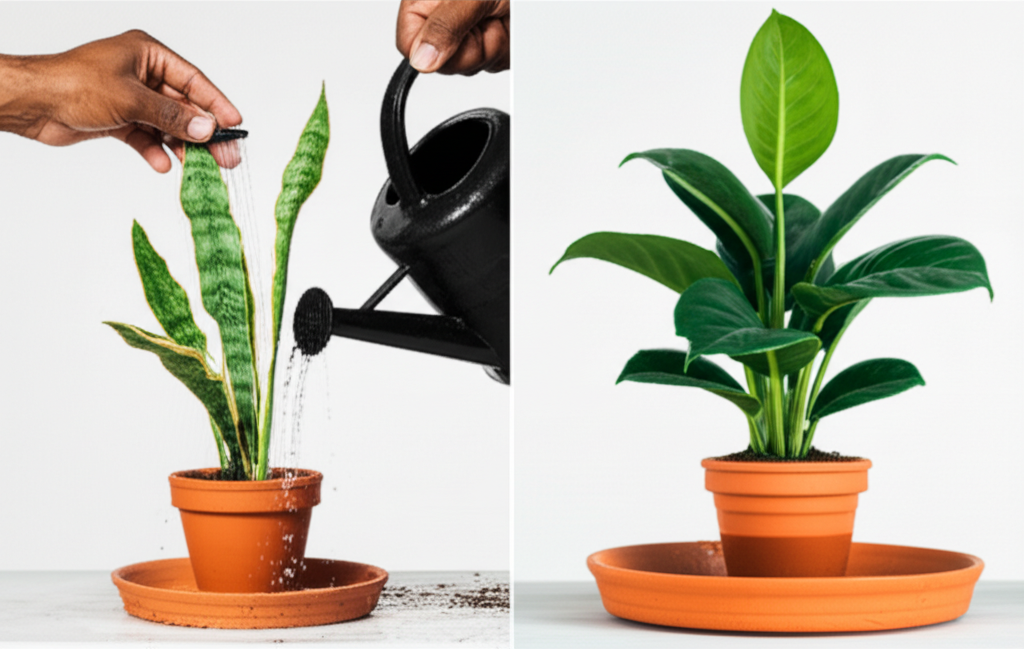
Seasonal Watering Needs
Plant water requirements fluctuate with the seasons:
Growing Season (Spring and Summer)
Plants are actively growing, photosynthesizing more, and transpiring more water. They will generally require more frequent watering during these months.
Dormant Season (Fall and Winter)
Growth slows down or ceases, and the need for water decreases significantly. Reduce watering frequency, allowing the soil to dry out more between waterings. Overwatering during dormancy is a common cause of root rot.
Water Quality
The quality of your water can impact plant health:
- Tap Water: Often contains chlorine and other minerals that can build up in the soil over time and potentially harm sensitive plants. Letting tap water sit out for 24-48 hours can help chlorine dissipate.
- Filtered Water: Generally a good option, especially for sensitive plants.
- Rainwater: Often the best option as it is naturally soft and free of added chemicals. However, be mindful of potential pollutants in urban areas.
- Softened Water: Usually contains high levels of sodium, which can be detrimental to most plants. Avoid using softened water for your houseplants.
By understanding these aspects of watering, observing your plants closely, and adapting your techniques to their specific needs and the changing environment, you can provide the essential hydration they need to thrive.